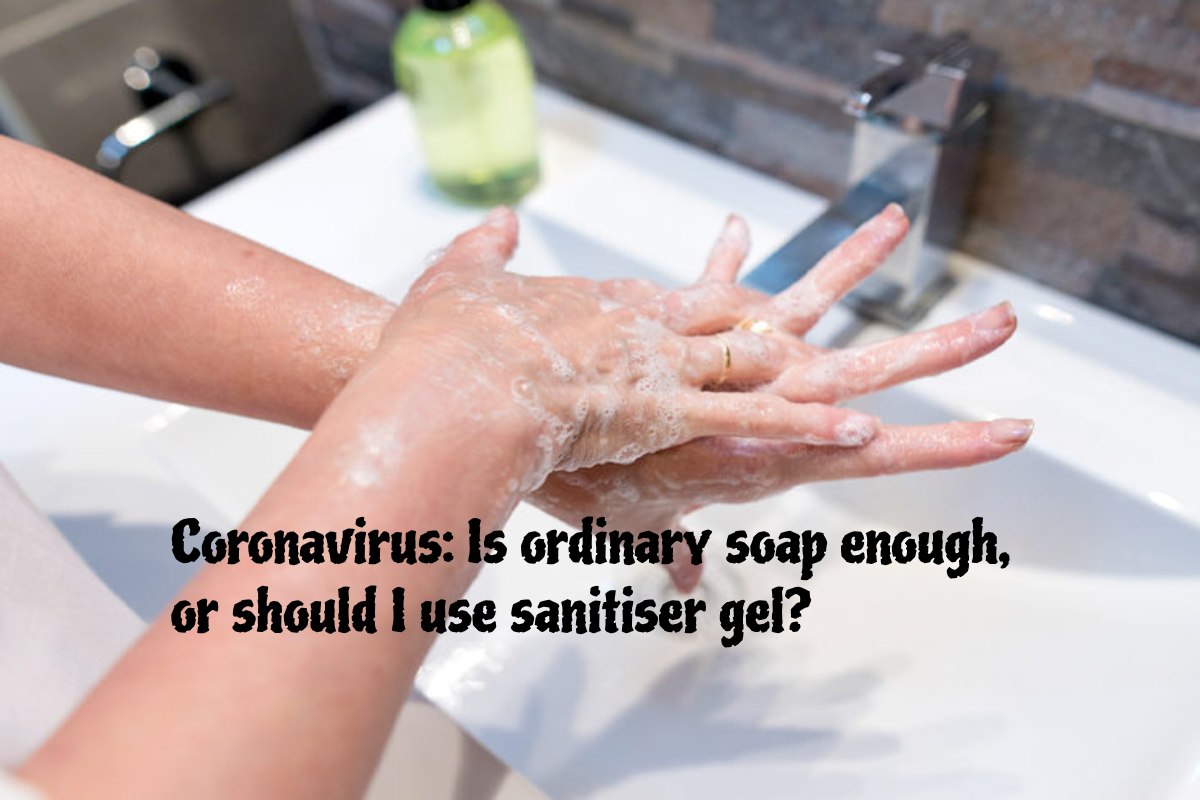While the coronavirus pandemic continues to cause casualties worldwide and world authorities take extreme measures to continue preventing its spread, the demand for personal hygiene disinfectant products has skyrocketed. In many places, they are becoming scarce. In contrast, in others, their price has skyrocketed—up to 800% in some cases.
For this reason, in this updated list of products with stock to buy, you can find different alternatives of hydroalcoholic disinfectants available so far.
Table of Contents
Coronavirus: Is ordinary soap enough, or should I use sanitiser gel?
The importance of strict personal hygiene
Although proper handwashing with soap prevents any infectious disease, insistence on this practice at this particular time must do strictly. However, we are often not in a place where we can do it, so having a disinfectant gel can be a good complement.
It is essential to clarify that the disinfectant gel does NOT replace hand washing or vice versa; they are complementary measures. The disinfectant gel is ideal for carrying in your bag, wallet or even in the vehicle to use when we are on public roads and in this way, we can sanitise hands, utensils or the surface with which we come into contact.
Is alcohol gel effective in fighting coronavirus?
Various studies have proven that any disinfectant gel with an alcohol content greater than 60% effectively eliminates most viruses, germs and bacteria. Although there are many gels on the market, even with pleasant aromas and colours to encourage their use, it is essential to check that they contain the necessary amount of alcohol to be effective.
This product isn’t new; it changed into created in 1966 to have the means to sanitise palms in the absence of washing facilities. However, it became not till 2009 that its recognition soared with the appearance of the H1N1 flu. From that moment on, small gel alcohol dispensers appeared everywhere to maintain hygiene and avoid infection.
The type of alcohol most used in these products is ethanol. However, there are also versions with isopropanol and N-propanol that are equally effective.
It is essential to clarify that they must be rubbed on the hands or surface for at least 20 seconds to be effective. However, abusive and excessive use can irritate and eliminate the natural oil from the hands, which causes dryness. Therefore, it should be used only when hand washing is not possible.
Avoid as much as possible the homemade versions of disinfectants; although some versions can be potentially effective, they can also be very aggressive for the skin.
When should we wash our hands or apply gel alcohol?
Hand wash before and after meals and the utensils used. Also, every time we sneeze or cough. If this happens in a public place, it recommends applying the alcohol gel.
Every time we use the toilet, be it our home, someone else’s, or a public toilet, it is vital to sanitise our palms.
It is important to recognize that hand washing ought to closing about forty seconds, and gel application have to take 20 seconds. Both measures are complementary, and one does now not replace the other. While powerful at eliminating viruses and micro organism, the gel does now not take away dust out of your arms. In the same manner, soap and water remove dust and micro organism, however they do no longer kill viruses.
If you have been in transport or public places or contact with a large number of people and do not have alcohol gel at the moment, avoid touching your eyes, nose and mouth with your hands till you have washed your hands properly.
Soap or disinfectant gel?
Wash your arms with soap and water
The methods of hand hygiene are cleansing them with soap and water or wiping them with an alcohol-based sanitising answer. Washing with water and soap is considered the primary technique of putting off dirt from palms with out bacteria. However, although they do now not have an antibacterial motion, soaps can damage down the microbial load in the surface layer of the pores and skin, rubbing and rinsing very well.
Dirt entice in surfactant molecules. The surfactant molecules found in cleaning soap are amphiphilic: composed of a hydrophilic part and a lipophilic part, with polar and nonpolar chemical residences, making cleaning soap powerful.
How lengthy does handwashing must take to be powerful?
The endorsed time is as a minimum 20 seconds: 15 seconds of rubbing with cleaning soap and 5 seconds rinsing. According to dermatologists, this appears to be the right time for the cleaning soap to carry out its cleansing function and for the surfactant molecules to intercept micro organism and viruses.
Recently, to save you Covid-19 infections, the WHO advocated growing the time dedicated to each hand cleaning with soap and water to no much less than forty seconds.
How to hand sanitising gel works
Alcohol-primarily based disinfectant gels characteristic ethanol ( ethyl alcohol ) and a pair of-propanol to dissolve viral lipid membranes just like the coronavirus. In addition to those, they comprise humectants consisting of glycerol, propylene glycol, and sorbitol, which help prevent dehydration and dryness after pores and skin touch with excessive-alcohol solutions.
The 3 types of alcohol-primarily based hand sanitisers in the marketplace:
liquid solutions
semisolid gels
wet wipes
However, disinfection is not always preferable to cleaning. For example, although hand sanitiser gels have a bactericidal action that soap cannot activate, they do not remove grease or other dirt.

